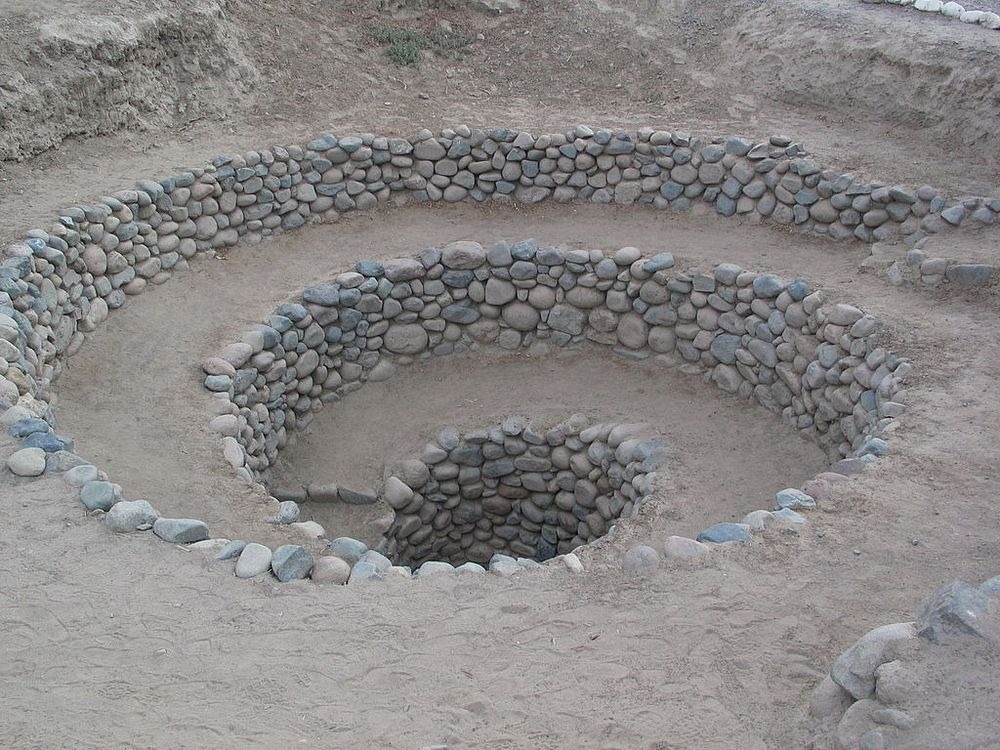The Ancient Greek Mosaics of Paphos
ancient Art greek mosaics paphosThe ancient city of Paphos in Cyprus, was once the capital of the island during the Greco-Roman period (3rd century BC to 3rd century AD). In those days, the city had some of the finest villas in the Eastern Mediterranean belonging to Roman governors and rich noblemen. The floors of these villas were adorned with beautiful mosaic art depicting scenes from ancient Greek mythology, with representations of Greek gods, goddesses and heroes, as well as activities of everyday life. The mosaics are made from small cubes of marble and stone which were called tesserae and glass paste was used to broaden the range of color that was available in those days. Many of these villas and their mosaic floors were discovered only during the past fifty years during archeological excavation. Many of these sites are still being excavated today.
The mosaics can be seen on mainly four houses — the House of Dionysus, the House of Orpheus, the House of Aion, and the House of Theseus. The houses are named after the subject of mosaics found there.

Photo credit: David Haberthür/Flickr
The mosaics can be seen on mainly four houses — the House of Dionysus, the House of Orpheus, the House of Aion, and the House of Theseus. The houses are named after the subject of mosaics found there.

Photo credit: David Haberthür/Flickr






